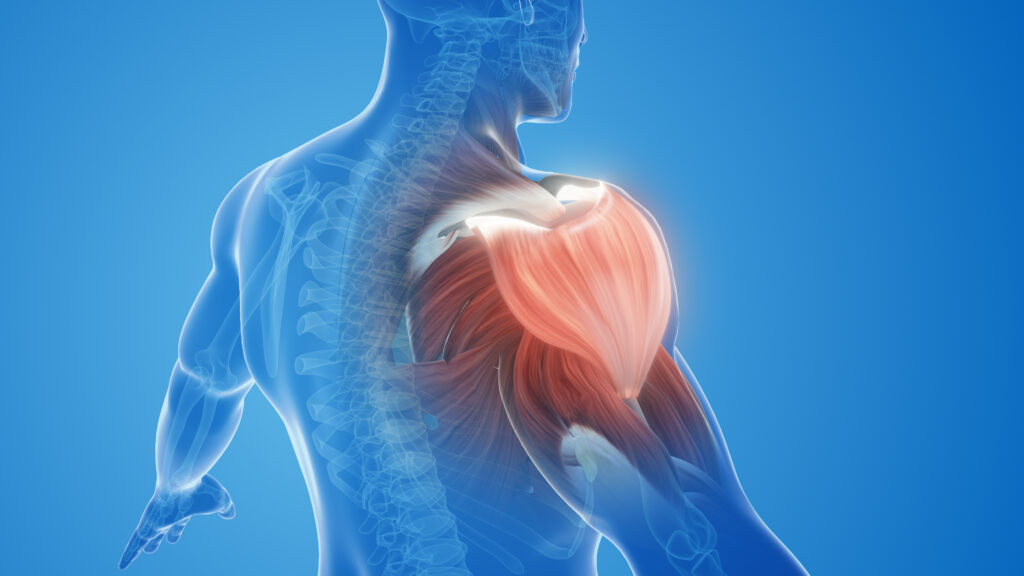Shoulder pain is a common issue among athletes, particularly endurance athletes who may experience discomfort from repetitive overhead movements, whether during swimming, cycling, or even in specific strength training routines. Understanding how to effectively assess and manage shoulder pain can enhance performance and recovery, ultimately keeping athletes in optimal condition for training and competition. Focusing on shoulder assessment allows for more informed decisions regarding training modifications, rehabilitation strategies, and performance optimization.
When approaching shoulder pain, it’s crucial to consider a categorization of symptoms rather than getting bogged down in specific diagnoses. Endurance athletes often present with varying forms of shoulder discomfort, and drawing from a pattern recognition perspective can be more beneficial. Interpreting shoulder pain through categories—such as whether the pain presents as stiff, weak, or unstable—enables athletes and coaches to create tailored rehabilitation and training programs that address the underlying issues without relying solely on clinical testing.
For example, a younger athlete might experience symptoms related to instability, often due to overtraining or improper technique, while someone in their 40s may be dealing with rotator cuff-related issues stemming from cumulative stress over time. Understanding these patterns allows athletes and their support teams to address specific weaknesses while still maintaining an active training regimen. Identifying whether muscles are painful and weak can help prioritize necessary interventions. This facilitates not just effective recovery but also a streamlined approach to maintaining performance dimensions during challenging training phases.
Once a thorough subjective assessment is done, refining the assessment sequence can greatly enhance efficiency. Focus on external rotation when testing active range of motion and strength in the shoulder to obtain early indications of potential problem areas. This information can guide the remaining assessment and help pinpoint which specific areas may require more direct intervention. Understanding the shoulder’s mechanics in relation to endurance activities provides insights that allow athletes to continue training while addressing issues.
For those facing pain coupled with weakness, recognizing the strength of the rotator cuff is imperative. Supplementing shoulder assessments with targeted strength-building exercises can not only aid recovery but also enhance performance by improving overall shoulder stability and function. Incorporating exercises that focus on strengthening these critical muscle groups is an effective strategy that can be utilized during training weeks, often yielding improved performance outcomes when balanced properly with endurance work.
An equally important element to address is the biopsychosocial aspect of shoulder pain management. Athletes’ beliefs about their injuries and their confidence in rehabilitation strategies play significant roles in recovery outcomes. Engaging with athletes about their expectations concerning the effectiveness of treatments such as physiotherapy, as well as their confidence in following training and rehabilitation plans, can provide crucial insight for developing a robust support structure. This dimension of care can sometimes make as much, if not more, difference to rehabilitation success as the physical interventions applied.
Furthermore, modern research underscores the importance of a thorough initial assessment. Studies have shown that the integration of psychosocial factors into the treatment planning process—not just physical assessments—can lead to improved outcomes. Thus, discussing beliefs and fears openly can shape tailored recovery strategies that not only expedite the healing process but also empower athletes, making them feel more in control of their performance and health.
As endurance athletes continue to train under challenging conditions, maintaining an awareness of the physical and psychological components of shoulder health becomes essential. It’s not just about the immediate rehabilitation from pain, but rather the long-term management of shoulder health to prevent future issues during high-intensity or extended training sessions.
Ultimately, any athlete can benefit from this understanding. A practical takeaway for those seeking to optimize their shoulder health and overall performance is to incorporate regular, focused strength training for the shoulder complex into their training protocols. This not only aids recovery from existing conditions but also builds a foundation that enhances resilience during rigorous training cycles. Integrating this approach with an awareness of the psychosocial aspects can create a more holistic training experience, fostering greater endurance and performance longevity in the face of physical challenges.
